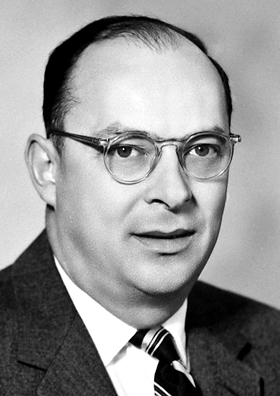
The real story is more complicated
Every successful modern e-gadget is a combination of components made by many makers. The story of how the transistor became the building block of modern machines explains why.
We like to think that invention comes as a flash of insight, the equivalent of that sudden Archimedean displacement of bath water that occasioned one of the most famous Greek interjections, ??????. Then the inventor gets to rapidly translating a stunning discovery into a new product. Its mass appeal soon transforms the world, proving once again the power of a single, simple idea.
But this story is a myth. The popular heroic narrative has almost nothing to do with the way modern invention (conceptual creation of a new product or process, sometimes accompanied by a prototypical design) and innovation (large-scale diffusion of commercially viable inventions) work. A closer examination reveals that many award-winning inventions are re-inventions.
Most scientific or engineering discoveries would never become successful products without contributions from other scientists or engineers. Every major invention is the child of far-flung parents who may never meet. These contributions may be just as important as the original insight, but they will not attract public adulation. They will not be celebrated by media, and they will not be rewarded with Nobel prizes. We insist on celebrating lone heroic path-finders but even the most admired, and the most successful inventors are part of a more remarkable supply chain innovators who are largely ignored for the simpler mythology of one man or one eureka moment.
THE BIRTH OF MODERN ELECTRONICS
Perhaps nothing explodes the myth of the Lonely Innovator Hero like the story of modern electronics. To oversimplify a bit, electronics works though the switching of electronic signals and the amplification of their power and voltage. In the early years of the 20th century, switching and amplification was done (poorly) with vacuum tubes. In the middle of the 20th century, it was done more efficiently by transistors. Today, most of this work is done on microchips (large numbers of transistors on a silicon wafer), which became the basic building block of modern electronics, essential for not only computers and cellphones but also products ranging from cars to jetliners. All of these machines are now operated and controlled by — simply stated — the switching and amplification of electronic signals.
The dazzling and oversimplified story about electronics goes like this: The transistor was discovered by scientists at Bell Labs in 1947, leading directly to integrated circuits, which in turn led straight to microprocessors whose development brought us microcomputers and ubiquitous cellphones.
The real story is more complicated, but it explains how invention really happens — through a messy process of copy, paste, and edit. The first transistor was patented 20 years before the Bell Labs scientists, in 1925 by Julius Lilienfeld. In 1947, Walter Brattain and John Bardeen amplified power and voltage using a germanium crystal but their transistor — the point-contact transistor — did not become the workhorse of modern electronics. That role has been played by the junction field-effect transistor, which was conceptualized in 1948 and patented in 1951 by William Shockley (seen in next photo). Today, even the Bell System Memorial site concedes that “it’s perfectly clear that Bell Labs didn’t invent the transistor, they re-invented it.”
Moreover, germanium — the material used in the epochal 1947 transistor — did not become the foundation of modern electronics. That would be silicon, since the element is roughly 150,000-times more common in the Earth’s crust than germanium.
Read more . . .
Bookmark this page for “innovator” and check back regularly as these articles update on a very frequent basis. The view is set to “news”. Try clicking on “video” and “2” for more articles.







